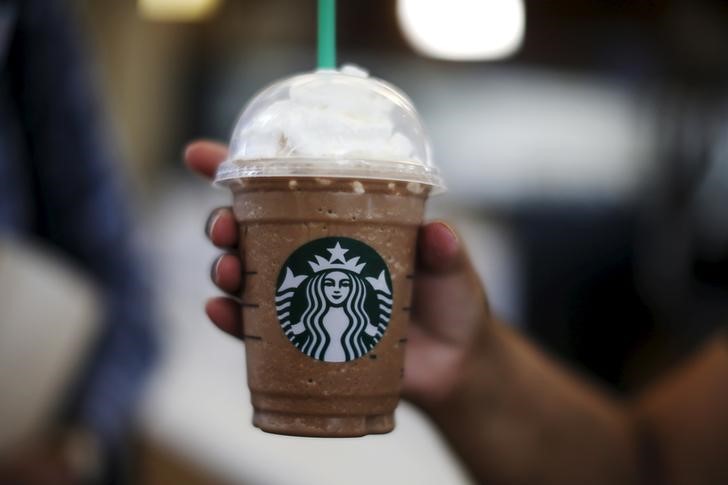The BBC Watchdog undercover team has found fecal bacteria in the ice samples of major fast food chains and coffee shops in recent years.
In a 2017 investigation, they searched four key areas in coffee shops: tables, trays, high chairs, and samples of ice in major coffee shops.
They found that one out of 10 tables at Starbucks had a high bacteria count, which they said was a good result. It means that most tables were being cleaned thoroughly.
Meanwhile, two out of 10 high chairs had high bacteria levels, but nine out of 10 trays had high bacteria counts.
However, due to the growing popularity of ice drinks, the hygiene of ice cubes was also a particular concern for the investigators.
Following the discovery of bacteria, BBC host Nikki Fox asked the scientists about type of bacteria found in ice.
Nearly half of ice samples of popular coffee chains had fecal bacteria. Three out of 10 Starbucks ice cube samples were found to have fecal coliforms.

Expert Tony Lewis, Head of policy at the Chartered Institute of Environmental Health, gave some insight into the origin of fecal coliforms.
“The fecal bit indicates their source; they come from the gut, they’re gut related,” Lewis said.
Lewis was then prompted to comment on the risk of exposure.
“If you’re exposed to sufficiently high numbers and you ingest it,” Lewis said. “You contaminate yourself by putting your fingers on to surfaces and then to your mouth and you contaminate yourself, then there is a risk of illness and disease that flows from that.”
He then goes on to explain how the fecal coliforms could be an indicator that the ice cubes carry risk for consumers.
“The levels of contamination of fecal bacteria concerns me a lot,” Lewis said. “Now in relation to some of the bacteria you found, they are known as opportunistic pathogens, which means they’re dangerous.”
“Pathogens are the source of human disease and you’ve got significant numbers, so there is concern, they should not be there. At any level,” he added.
According to the New York State website, coliforms can be found from the source of pathogen organisms. Since they come in larger numbers than dangerous pathogens, testing for coliforms is the best indication for the presence of pathogens.
Based on the testing, a Starbucks customer has a three out of 10 chance of ingesting fecal coliforms, possibly containing pathogens, when consuming a drink with ice.
Customer Reactions
Fox went out to tell random civilians what they thought of the investigation’s findings.
“We found high levels of fecal bacteria in the ice cubes,” Fox said.
“What? Really? That has shocked me, that put me off. Wow,” a man said.
“Wow, that’s disgusting,” a woman said.
“So now I’m not going to finish my bloody drink am I?” said another woman.
How Does Fecal Bacteria Get into The Ice?
The experts told the BBC host that it is highly likely that the contaminated occurred due to the staff not washing their hands after going to the bathroom.
While her co-host demonstrated scooping ice with the scoop, Fox explained that although the hands didn’t touched the ice, they nevertheless touched the scooper.
“So that’s how the transfer may have happened,” Fox said.
Costa, one of UK’s most popular coffee chains, were one of the worst offenders. Seven out of 10 ice samples were contaminated with fecal bacteria.
Concerning levels of fecal bacteria found in ice in Costa, #Starbucks and Caffe Nero https://t.co/p7E34EheP6 #coffee #poop #yuck pic.twitter.com/hHDQNlyQ58
— Jason Pittam (@mikaelpittam) June 28, 2017
Costa gave a written statement to the show saying that the contamination occurs when they leave the scooper in the ice.
Costa then updated their guidelines to ensure that ice scoopers would be stored away from the ice and hired a 3rd party cleaning contractor.
Starbucks also gave notifications about the findings worldwide and updated its training policies on hygiene in general, including when working with ice cubes.


